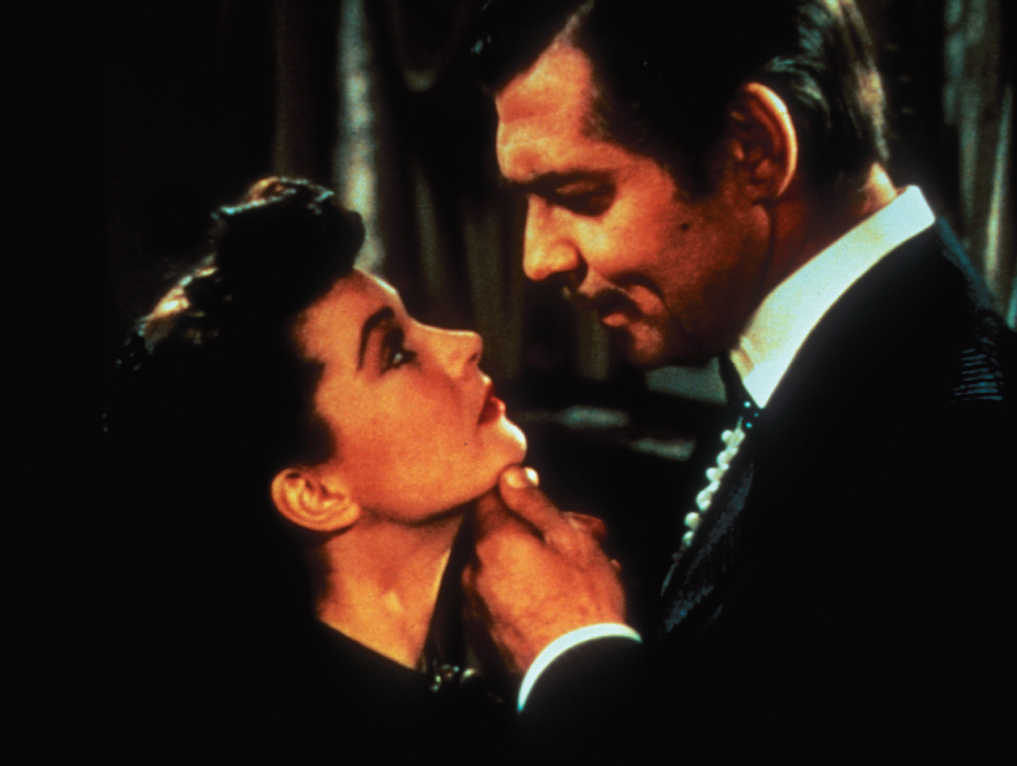8.6.5 Unsolvable Disputes
Printed Page 271
Unsolvable Disputes
A final conflict challenge is that some disputes are unsolvable. In the climactic scene of Margaret Mitchell’s Civil War classic Gone with the Wind, the principal character, Scarlett O’Hara, declares her love for Rhett Butler, only to find that he no longer feels the same about her (Mitchell, 1936).
“Stop,” she said suddenly. She knew she could no longer endure with any fortitude the sound of his voice when there was no love in it. He paused and looked at her quizzically. “Well, you get my meaning, don’t you?” he questioned, rising to his feet. “No,” she cried. “All I know is that you do not love me and you are going away! Oh, my darling, if you go, what shall I do?” For a moment he hesitated as if debating whether a kind lie were kinder in the long run than the truth. Then he shrugged. “Scarlett, I was never one to patiently pick up broken fragments and glue them together and tell myself that the mended whole was as good as new. What is broken is broken—and I’d rather remember it as it was at its best than mend it and see the broken places as long as I lived. I wish I could care what you do or where you go, but I can’t.” He drew a short breath, and said lightly but softly: “My dear, I don’t give a damn.” (p. 732)

Some conflicts are impossible to solve
As this famous fictional scene illustrates, if one person loves another but the feeling isn’t reciprocated, no amount of collaborating will fix things. Part of effectively managing conflict is accepting that some conflicts are impossible to resolve. How can you recognize such disputes? Clues include: you and the other person aren’t willing to change your negative opinions of one another; your goals are irreconcilable and strongly held; and at least one partner is uncooperative, chronically defensive, or violent. In these cases, the only options are to avoid the conflict, hope that your attitudes or goals will change over time, or abandon the relationship, as Rhett Butler did.